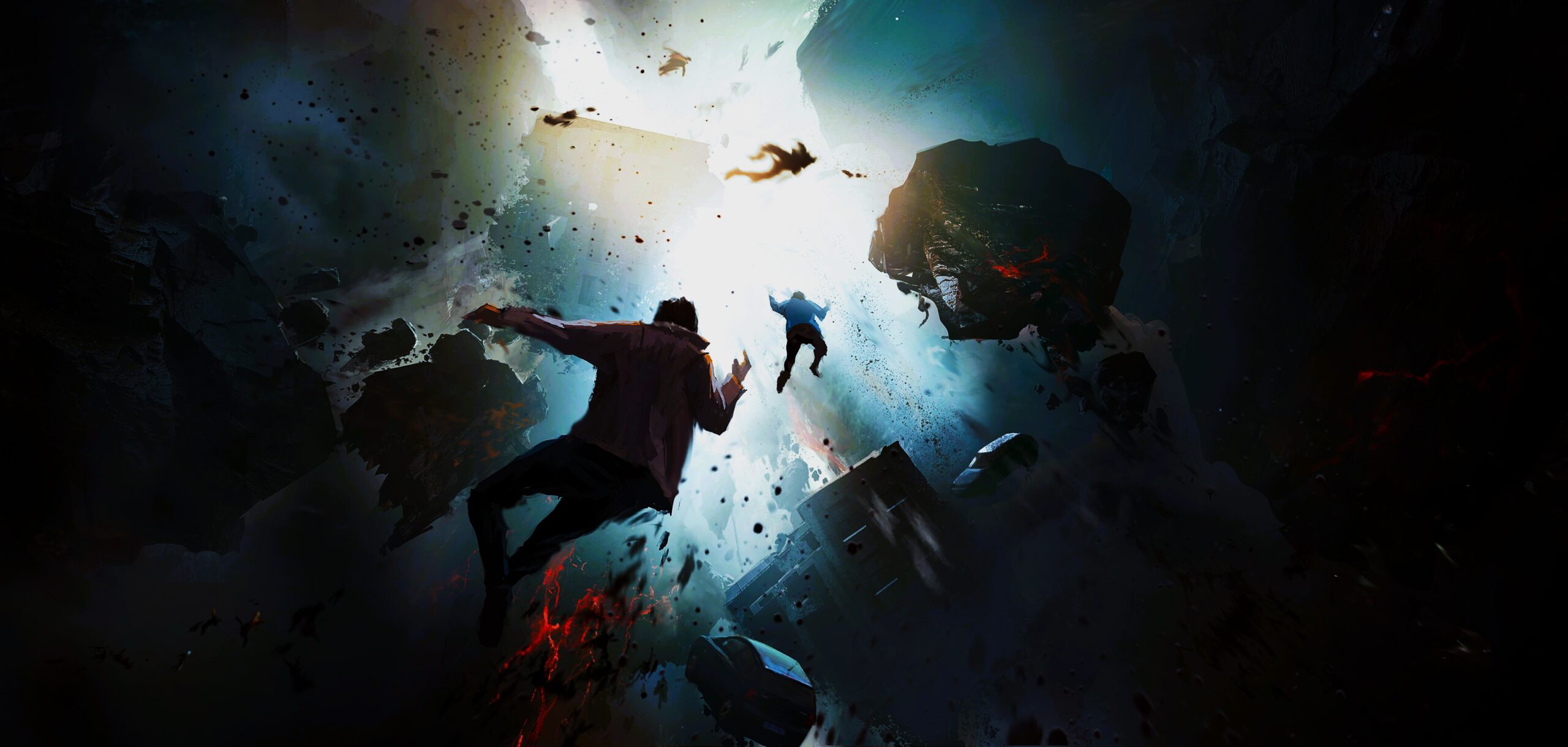In the captivating world of anime and manga, the art of dynamic composition plays a crucial role in elevating the storytelling experience. Dynamic composition is the strategic arrangement of visual elements within a frame, creating a sense of movement, energy, and emotional impact. It is the backbone of compelling visual narratives, guiding the viewer’s eye and evoking powerful responses.
As an aspiring anime or manga artist, mastering the art of dynamic composition is essential to captivating your audience and elevating your work to the next level. By understanding and applying the principles of dynamic composition, you can imbue your creations with a level of dynamism and visual storytelling that will leave a lasting impression on your readers.
In this comprehensive guide, we will explore the key techniques and strategies for crafting dynamic compositions that will take your anime and manga to new heights.
Techniques for Creating Dynamic Fight Scenes in Anime and Manga
One of the most critical aspects of dynamic composition in anime and manga is the depiction of action and fight scenes. These intense moments require a masterful approach to composition to convey the energy, tension, and movement of the battle.
Utilizing Dramatic Angles and Perspectives
The strategic use of camera angles and perspectives is a powerful tool in creating dynamic fight scenes. By employing low-angle shots, high-angle shots, and dynamic camera movements, you can heighten the sense of drama and intensity. For example, a low-angle shot can make your characters appear more powerful and imposing, while a high-angle shot can convey a sense of vulnerability or desperation.
- Experiment with different camera angles to add depth and drama to your fight scenes.
- Incorporate dynamic camera movements, such as panning, tilting, and zooming, to capture the flow of the action.
- Utilize unique perspectives, such as over-the-shoulder shots or close-ups, to immerse the reader in the heart of the battle.
Emphasizing Movement and Momentum
Conveying the kinetic energy and momentum of a fight scene is essential to creating a dynamic composition. Employ techniques such as:
- Overlapping action: Depict characters in various stages of movement to create a sense of continuous action.
- Dynamic panel layouts: Experiment with irregular panel shapes and sizes to mirror the chaotic nature of the fight.
- Blur and motion lines: Use blur effects and dynamic motion lines to suggest speed and movement.
By incorporating these techniques, you can infuse your fight scenes with a palpable sense of energy and intensity that will captivate your readers.
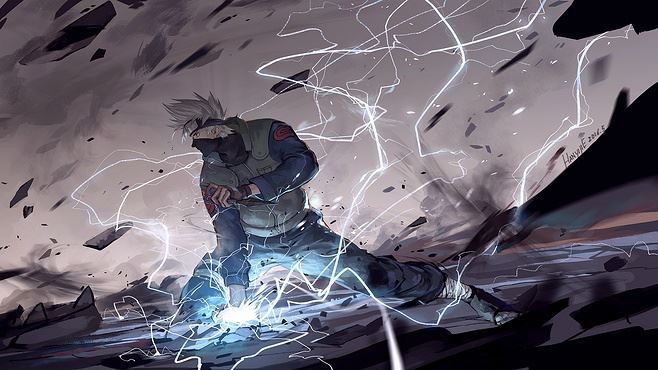
Using Angles and Perspective to Enhance Dynamic Composition
Mastering the use of angles and perspective is a crucial aspect of dynamic composition in anime and manga. These visual elements can be leveraged to create a sense of depth, emphasize specific details, and guide the viewer’s eye through the narrative.
Employing Dramatic Angles
Experiment with various camera angles to add depth and drama to your compositions. Low-angle shots can make your characters appear more powerful and imposing, while high-angle shots can convey a sense of vulnerability or submission. Utilize dynamic angles, such as tilted or off-center compositions, to create a sense of tension and unease.
- Incorporate low-angle shots to emphasize the strength and dominance of your characters.
- Use high-angle shots to convey a sense of powerlessness or to highlight the towering presence of an antagonist.
- Experiment with tilted or off-center compositions to add a sense of instability and unpredictability to your scenes.
Leveraging Perspective
Perspective is a crucial tool in creating dynamic compositions that guide the viewer’s eye and establish a sense of depth. Employ techniques such as:
- Vanishing point perspective: Use converging lines and vanishing points to create a sense of depth and distance.
- Foreshortening: Distort the size and proportions of objects to convey a sense of depth and three-dimensionality.
- Overlapping elements: Overlap characters and objects to create a layered, three-dimensional composition.
By mastering the use of angles and perspective, you can elevate your anime and manga compositions, guiding the viewer’s eye and evoking powerful emotional responses.
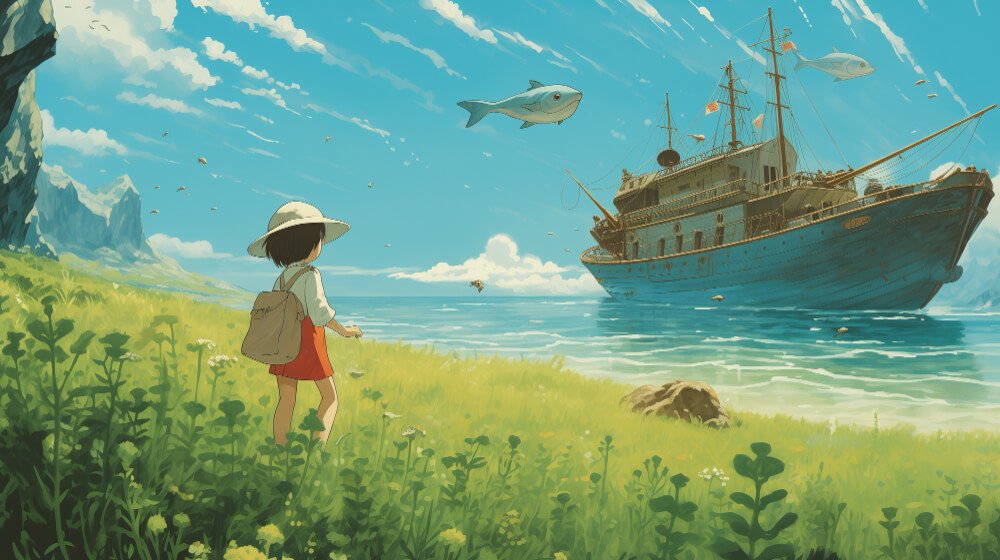
The Role of Lighting and Shading in Creating Dynamic Art
Lighting and shading are essential elements in creating dynamic and visually compelling anime and manga compositions. These tools can be used to enhance the mood, establish a sense of depth, and emphasize key narrative elements.
Harnessing the Power of Lighting
Effective use of lighting can transform a static composition into a dynamic and emotionally charged scene. Experiment with different lighting sources, such as natural light, artificial light, and dramatic backlighting, to create a specific mood and atmosphere.
- Utilize dramatic lighting to create a sense of tension and intensity in action-packed scenes.
- Employ soft, diffused lighting to evoke a sense of tranquility or introspection.
- Leverage backlighting to create a sense of depth and to highlight the silhouettes of your characters.
Mastering the Art of Shading
Shading is a crucial technique for adding depth, volume, and three-dimensionality to your anime and manga compositions. Explore a variety of shading techniques, such as hatching, cross-hatching, and gradients, to create a sense of form and texture.
- Use shading to define the contours and volumes of your characters and objects.
- Experiment with different shading techniques to convey a range of textures, from smooth and polished to rough and gritty.
- Employ shading to create a sense of depth and to guide the viewer’s eye through the composition.
By harnessing the power of lighting and shading, you can elevate your anime and manga compositions, imbuing them with a sense of dynamism, emotion, and visual impact.
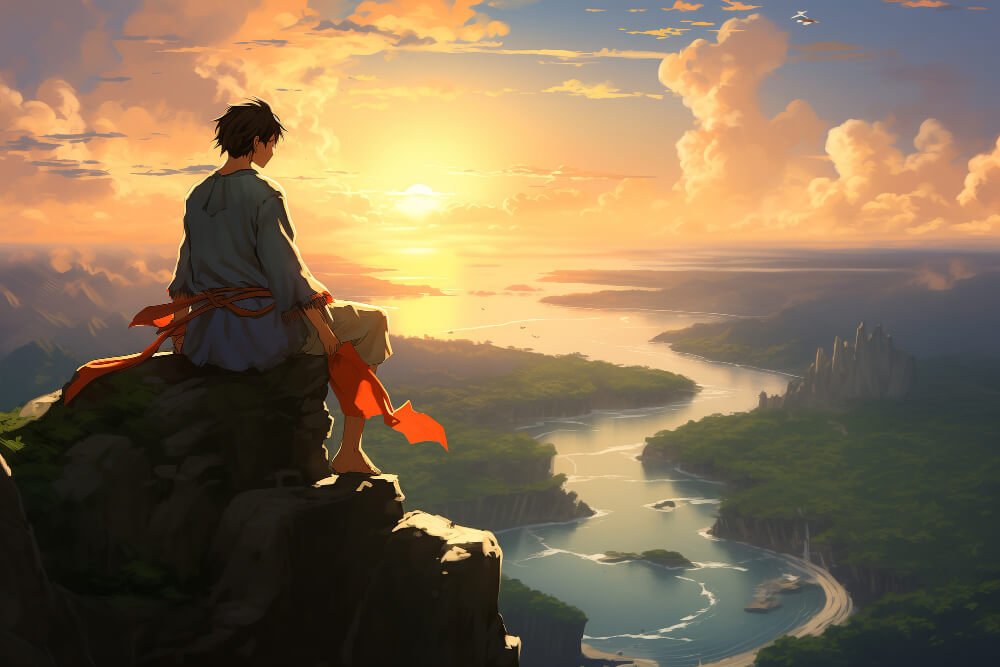
Incorporating Motion and Action in Dynamic Composition
Capturing the essence of motion and action is a hallmark of dynamic composition in anime and manga. By employing techniques that convey a sense of movement and energy, you can create compositions that are visually captivating and narratively engaging.
Utilizing Overlapping Action
One effective technique for conveying motion is the use of overlapping action. By depicting characters or objects in various stages of movement, you can create a sense of continuous action and a heightened sense of energy.
- Experiment with overlapping character poses to suggest the flow of movement.
- Incorporate blurred elements or motion lines to further enhance the sense of speed and momentum.
- Explore the use of dynamic panel layouts to mirror the kinetic energy of the action.
Emphasizing Momentum and Directionality
Directing the viewer’s eye through the composition is crucial for creating a dynamic and engaging visual narrative. Employ techniques that emphasize momentum and directionality, such as:
- Dynamic panel layouts: Utilize irregular panel shapes and sizes to guide the viewer’s eye through the composition.
- Directional elements: Incorporate elements like arrows, speed lines, or dynamic character poses to suggest the direction of movement.
- Framing and cropping: Strategically frame and crop your compositions to highlight the most important elements and direct the viewer’s attention.
By mastering the art of incorporating motion and action into your compositions, you can create dynamic and visually captivating anime and manga that immerse your readers in the heart of the action.
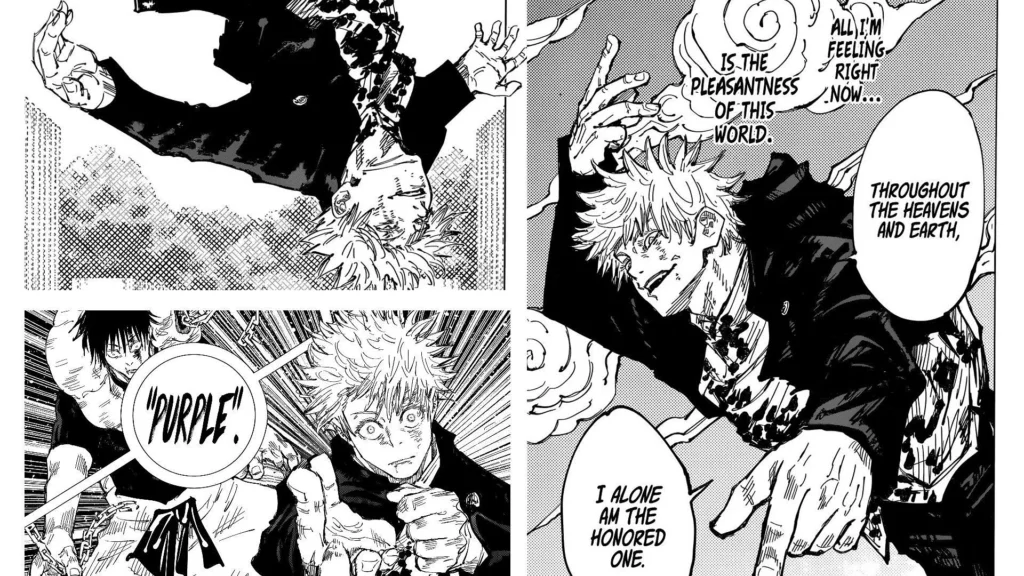
Storytelling Through Art: Conveying Emotions and Narrative Through Dynamic Composition
Beyond the technical aspects of dynamic composition, the true power of this art form lies in its ability to convey emotions and narrative. By strategically arranging the visual elements within your compositions, you can evoke powerful responses from your readers and enhance the storytelling experience.
Evoking Emotions Through Composition
Composition can be a powerful tool for eliciting emotional responses from your audience. Experiment with different compositional techniques to convey a range of emotions, from joy and triumph to despair and anguish.
- Use asymmetrical or off-center compositions to create a sense of unease or tension.
- Employ close-ups and tight framing to heighten the emotional intensity of a scene.
- Leverage the placement and positioning of your characters to convey their emotional state and the relationships between them.
Enhancing Narrative Through Composition
Dynamic composition can also be used to enhance the narrative flow and storytelling in your anime and manga. By strategically arranging the visual elements, you can guide the viewer’s eye, emphasize key moments, and create a cohesive and engaging visual narrative.
- Experiment with panel layouts and pacing to control the rhythm and flow of the story.
- Utilize compositional techniques like leading lines and framing to draw the viewer’s attention to important narrative elements.
- Employ symbolic or metaphorical compositions to convey deeper themes and ideas.
By mastering the art of storytelling through dynamic composition, you can create anime and manga that not only captivate the eye but also resonate deeply with your audience’s emotions and imagination.
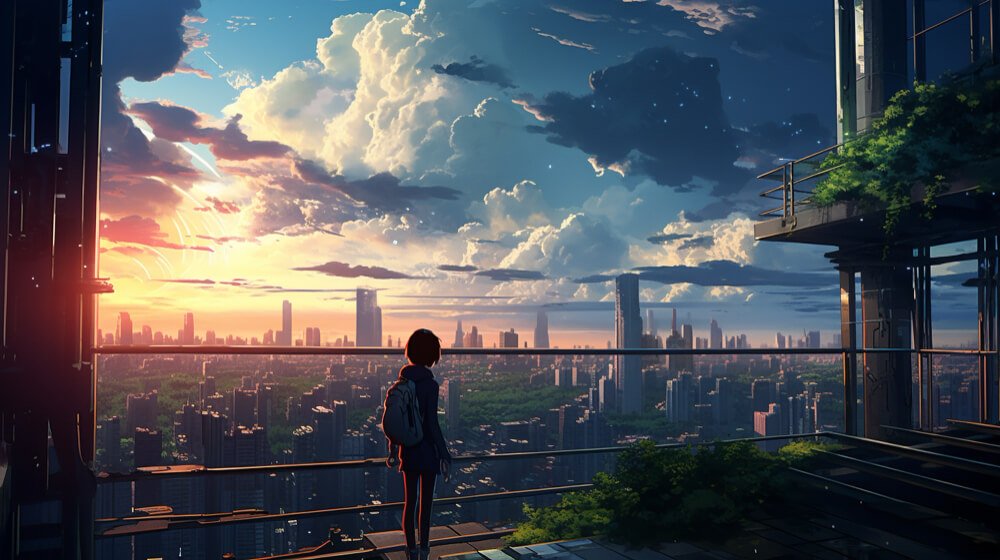
Examples of Dynamic Composition in Popular Anime and Manga Series
To further inspire and guide your journey in mastering dynamic composition, let’s explore some examples from popular anime and manga series:
“Attack on Titan” by Hajime Isayama
Isayama’s “Attack on Titan” is renowned for its dynamic and visually striking compositions. The series employs dramatic camera angles, bold contrasts, and a strong sense of movement to convey the intensity of its action sequences and the emotional weight of its narrative.
“Berserk” by Kentaro Miura
Kentaro Miura’s “Berserk” is a masterclass in dynamic composition, with its intricate panel layouts, powerful use of light and shadow, and a relentless sense of momentum that propels the reader through the story.
“Akira” by Katsuhiro Otomo
Katsuhiro Otomo’s “Akira” is a seminal work in the world of manga, known for its groundbreaking use of dynamic composition. Otomo’s compositions are characterized by their bold framing, innovative panel structures, and a keen eye for capturing the energy and chaos of its science-fiction setting.
These examples showcase the incredible potential of dynamic composition in elevating the storytelling and visual impact of anime and manga. As you continue to hone your craft, let these series serve as inspiration and a benchmark for your own artistic growth.

Conclusion: Elevating Your Anime and Manga Through Dynamic Composition
In the captivating realm of anime and manga, the art of dynamic composition is a crucial element in elevating your visual storytelling to new heights. By mastering the techniques and strategies outlined in this guide, you can imbue your creations with a sense of energy, emotion, and narrative impact that will leave a lasting impression on your audience.
Remember, dynamic composition is not just about technical prowess; it is a means of enhancing the emotional resonance and narrative power of your work. Embrace the principles of dynamic composition, experiment with different techniques, and let your creativity soar. With dedication and a keen eye for visual storytelling, you can elevate your anime and manga to the next level, captivating your readers and leaving an indelible mark on the world of visual arts.
Ready to take your anime and manga to new heights? Discover the secrets of dynamic composition and unlock your full artistic potential. Enroll in our comprehensive online course, “Mastering Dynamic Composition in Anime and Manga,” and unlock the keys to crafting visually stunning and narratively powerful works of art. Sign up today and elevate your skills to the next level!
